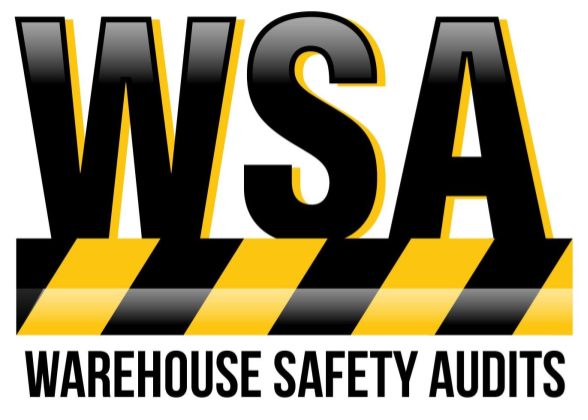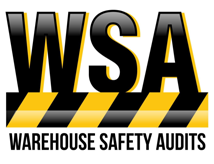Unveiling the Key Elements of a Pallet Racking Audit: Safeguarding Warehouse Efficiency and Safety
Introduction
Pallet racking systems are the backbone of many warehouses, enabling efficient storage and organisation of goods. However, ensuring the structural integrity and safety of pallet racking is of paramount importance. A comprehensive pallet racking audit is essential to identify potential risks, prevent accidents, and maintain optimal warehouse efficiency. In this blog, we will delve into the key details of a pallet racking audit, highlighting the crucial elements that contribute to a safe and reliable storage system.
- Visual Inspection of Rack Components
A pallet racking audit begins with a thorough visual inspection of all rack components. This includes examining upright frames, beams, connectors, and bracing elements for signs of damage, deformation, or corrosion. The auditor assesses the condition of the components, checking for any visible cracks, bent beams, or missing safety pins. The inspection helps identify potential structural weaknesses that may compromise the safety and stability of the racking system. - Load Capacity Assessment
Determining the load capacity of pallet racking is a critical aspect of the audit. The auditor reviews the load ratings specified by the manufacturer and compares them to the actual loads being stored on the racks. This assessment ensures that the racks are not overloaded, which could lead to structural failure or collapse. Any discrepancies or deviations from the recommended load capacities are identified and addressed to prevent potential hazards. - Evaluation of Rack Configuration and Layout
During the audit, the configuration and layout of the pallet racking system are carefully examined. The auditor assesses the arrangement of racks, considering factors such as aisle widths, column spacing, and clearances for material handling equipment. Proper rack configuration promotes efficient flow of goods, minimises the risk of collisions, and allows for safe manoeuvrability within the warehouse. Adjustments or improvements may be recommended to optimise the layout for enhanced safety and operational efficiency. - Inspection of Rack Stability and Anchoring
Rack stability is a critical aspect of a pallet racking audit. The auditor examines the anchoring of racks to the warehouse floor, ensuring that they are securely fastened. Loose or damaged anchors can compromise the stability of the entire racking system, posing a significant safety risk. The inspection verifies the integrity of the anchor bolts, footplates, and floor fixings, and recommends any necessary repairs or replacements to ensure proper anchorage. - Analysis of Load Distribution and Placement
The audit includes an analysis of load distribution and placement within the pallet racking system. The auditor examines the arrangement of pallets, ensuring that they are evenly distributed across the beams and properly aligned. Proper load placement prevents uneven weight distribution, minimises the risk of rack deflection, and maintains the structural integrity of the racking system. Any imbalances or improper loading practices are identified and addressed during the audit. - Review of Safety Devices and Accessories
Pallet racking audits also focus on the inspection of safety devices and accessories. This includes examining the condition and functionality of safety pins, beam connectors, load beam locks, and rack protectors. The auditor ensures that all safety components are present, properly installed, and functioning as intended. Recommendations are made for repairs or replacements of any damaged or missing safety devices to prevent accidents and protect warehouse personnel. - Documentation and Reporting
A critical aspect of the pallet racking audit is proper documentation and reporting. The auditor records all findings, observations, and recommendations in a comprehensive report. This report serves as a reference for future inspections and maintenance activities. It provides a clear overview of the current condition of the pallet racking system, identifies areas of concern, and outlines necessary corrective actions to be taken.
Conclusion
A pallet racking audit is an indispensable tool for ensuring the safety, stability, and efficiency of warehouses.


